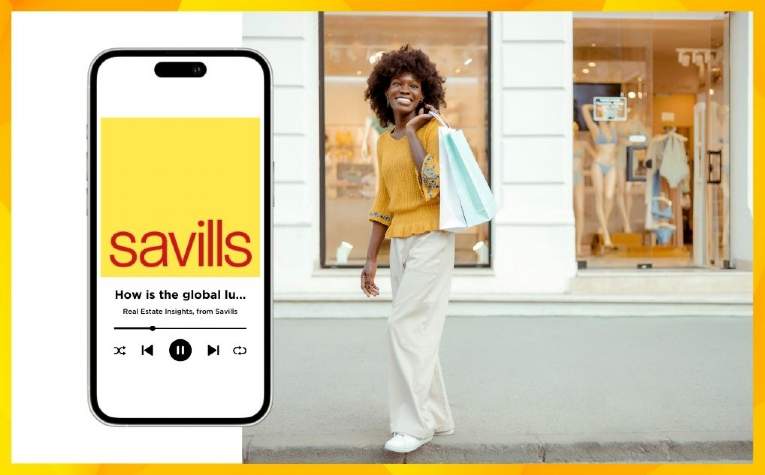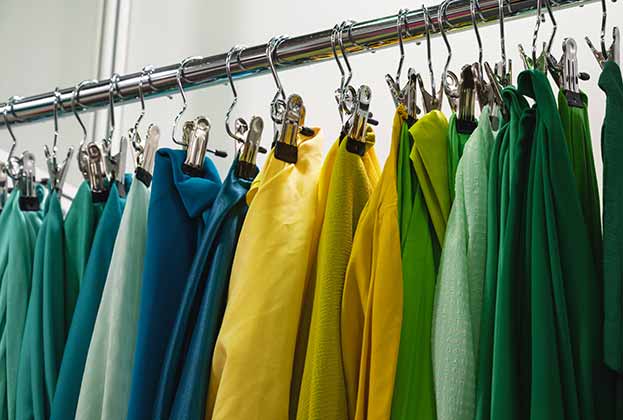Shopping is no longer about offline versus online – it’s about ‘total retailing’. The more successful retailers, such as John Lewis, provide consumers with an experience that blends both the physical and online retail experience, allowing them to transition seamlessly between the two, dependent on their needs at a particular moment.
A key element of this strategy has been the growth in click and collect. This is one of the fastest growing segments of the online retail market, with 24.2 per cent of consumers (based on a Verdict survey of over 7,600 people) stating that they use click and collect services; 10 per cent say it is the service they use most frequently, second only to home delivery, which is the delivery method used most frequently by a staggering 80 per cent.
The rise of collection services is reinforcing the importance of the physical store in retailers’ strategies after years of being second to the growth in online sales. It is attractive to retailers as it is cheaper than traditional home delivery options, although charging for the service is potentially key. This is having an important bearing on the nature of stores and scale of store portfolios. For example, expanding collection services requires retailers to have larger store areas. This could mean that store size requirements may increase and/or sales areas will decrease in order to maximise storage areas. Retailers need to expand or, at the very least, maintain their store networks in order to satisfy the demand for collection.
The rise of click and collect also raises the question of whether retailers should use their stores as part of their ‘last mile’ logistics strategies. River Island introduced a ‘click & don’t collect’ service last year partnering up with Shutl, a fulfilment specialist owned by eBay, allowing customers who are unable to collect items to have them delivered within 90 minutes (or at a time of their choice) for an additional cost. It’s basically a Deliveroo for shopping.
Taking this a step further: could retailers use their stores as small hub fulfilment centres, not just for single deliveries, but as part of their larger supply chain strategies? For retailers with extensive networks this, in theory, could put them ahead of their online-only competitors in terms of speed and cost of delivery as the latter have to rely on a smaller number of regional logistical hubs. The key to this will be cost, although by better utilising existing stores you are, in turn, potentially reducing the need, and cost, associated with acquiring logistical centres.
For landlords the question is how to value a store like this? For example, in cases where a store acts as a logistical centre or collection point, using store turnover as a proxy of rent would be unsuitable as it would not measure the full value of that store in relation to online sales.
If the store does become more fully integrated into retailers’ logistics networks, in combination with click and collect making storage areas, this could fuel the demand for larger and more stores. It’s ironic that the growth of click and collect, and the potentially more intensive use of stores as part of retailers’ online strategies, may move from being the thing that was killing the high street to something that is actually saving it.
Further information
.jpg)
.jpg)



.jpg)




